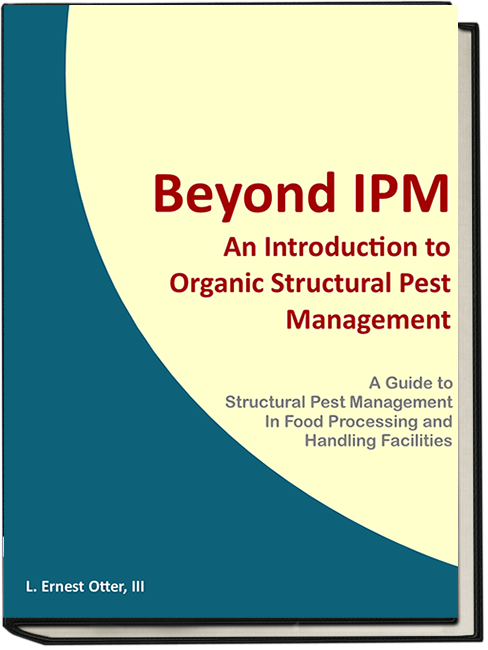Pest Management for Food Safety and Organic Integrity


The emphasis on food safety has never been greater in my 40 year association with the food industry. Structural pest management has been long held as one of the essential food safety prerequisite programs. People do not like bugs, especially in their food. Yet the use of pesticides and how "safe" they are remains a point of conjecture for many consumers.
With the implementation of the USDA’s Organic Food Production Act of 1990 and the current trends for food safety under the United State's Food Safety Modernization Act, the landscape for pest management in food facilities has changed. Integrated Pest Management (IPM) initially laid the groundwork for reducing pesticide use but in some ways fails to provide an adequate working model for organic pest management.
The Global Food Safety Initiative (GFSI) under its many schemes goes further in helping the food industry to go further in standardizing their food safety and food quality practices and requires a strict documentation throughout the production and processing of food products.
The Organic Food Product act requires the use of and Audit Trail, in which non-toxic pest management practices are used first, and yet without much substantiating paperwork, pesticides not approved under he National Organic Program may still be used.
Pest management is an essential food safety prerequisite program in any food safety plan. Proper design of a program to conform to third party standards, problem solving techniques utilizing Root Cause Analysis and understanding of Organic Management Practices are essential to the proper implementation of an Organic Structural Pest Management program. The philosophy used to view and solve problems will influence the manner in which pest problems are solved. This philosophy of science is incorporated in the Organic Structural Pest Management model, or OSPM, applies to all aspects of food safety and quality management.
This book should not only provide additional insights and background for Pest Management Practitioners, but should prove to provide valuable insights and perspectives for quality assurance, food safety personnel, inspectors and auditors alike.
L. Ernest Otter, III has spent over 40 years in the pest management industry and as a food safety advisor and mentor. In that time he has prepared and managed countless food safety programs for clients. Ernest also presented the first paper on Organic Structural Pest Management at the International Federation of Agriculture Movement's 13th Scientific Conference. This book details the 30 years of experiences since the presentation of that original paper.

Check back for the publication date.